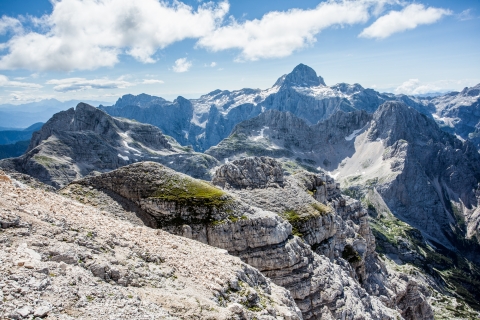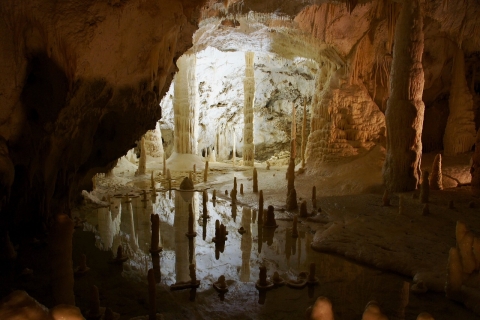Just by looking at a plant, you can predict what the conditions are like for growth and development - even if it might be your first time there. What are plants like by the sea? What are those in the forest like? That's why experts have come up with names for these specific features of the environment and the living conditions they offer. They are called HABITATS or living areas.

To survive, each animal needs a sufficient amount of food, water and space. So do plants. For example, the brown trout needs a cold, clean and fast river, the wolf lives in dense mountain forests, the Alpine ibex needs rocks, the Eurasian hoopoe needs grassland forest and the heron needs wetlands.
Habitats are part of the ecosystem. The relationships between living and non-living nature are intertwined all the time. Populations of a species live together in a habitat, and populations of different species of animals and plants coexist. There are eight basic ecosystems in Slovenia:

FOREST

MOUNTAINS

SEA

INLAND WATERS

WETLANDS

UNDERGROUND

CITIES

CULTURAL LANDSCAPE
Different ecosystems are home to different species of animals and plants. Therefore, species that live in the sea will not be found in the highlands, and vice versa.

